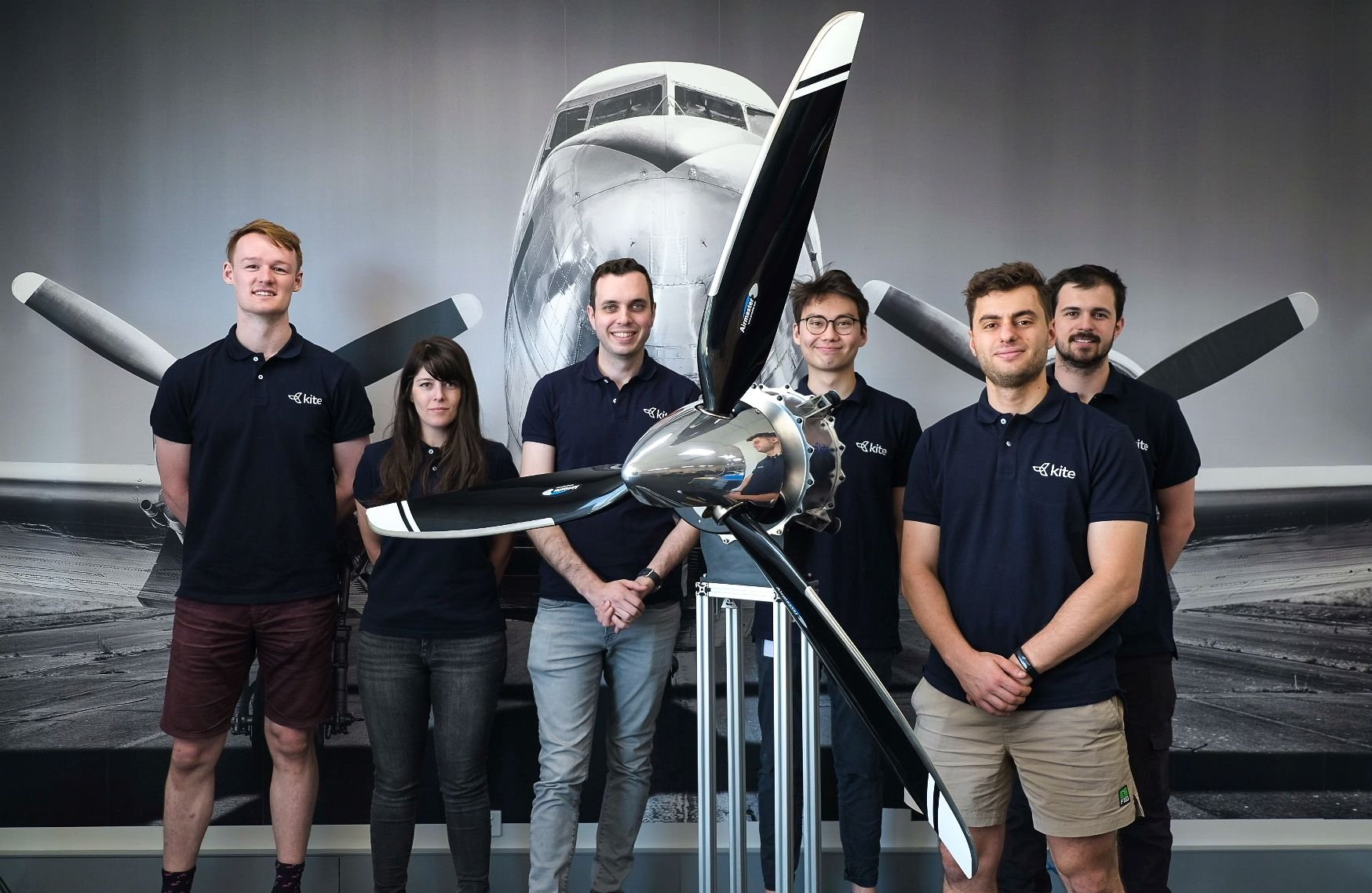Australia’s Kite Magnetics has introduced its 120-kilowatt electric propulsion unit (EPU), which is intended for electric aviation applications that could include conventional fixed-wing aircraft, as well as eVTOL and eSTOL designs, high-altitude satellites, and wing-in-ground craft. The company plans to announce its first flight test partner in March as part of an effort to build operational data over the next 12 months.
Unveiling the KM-120 air-cooled motor at this week’s Avalon Air Show, near its headquarters in Melbourne, Kite said it is more powerful than a typical small car but weighs only around as much as a full suitcase. The basis for this performance is the company’s patented Aeroperm lightweight magnetic material, which was developed by the team at Monash University that formed the start-up five months ago. They began with a A$1.85 million ($1.2 million) seed funding round backed by venture capital groups including Investible and Breakthrough Victoria.
According to founder and CEO Richard Parsons, Kite is working to demonstrate the KM-120’s compliance with airworthiness standards under the light sport aircraft category. It also intends to achieve type certification under Part 23 general aviation rules, starting with Australia’s Civil Aviation Safety Authority, and later with the FAA and EASA to access the U.S. and European markets.
“The KM-120 is designed to work well with both purpose-built clean-sheet aircraft and existing aircraft that are being retrofitted, irrespective of their power source—i.e., batteries of fuel cells,” Parsons told FutureFlight. “The mounting points for our electric motors are very similar to what you would find on an existing aircraft combustion engine and our motor will also work with most off-the-shelf propellers. Our goal is to have an electric motor that is as easy to integrate as any existing combustion engine on the market today.”
Kite is already taking orders for the new EPU, which is offered as a stand-alone motor to be integrated by customers with their own hardware, or as part of a complete powertrain that would also include propellers, matched inverters, and a vehicle control unit with a flight deck display. The propellers could come with or without electrically actuated pitch control.
Nanocrystals Are Key to Greater Energy Efficiency
Aeroperm is a nanocrystalline magnetic soft material composed of nan-scale crystals within an amorphous metal matrix. According to the Kite team, it will lose energy at just one-10th of the rate of existing magnetic materials used in current electrical devices.
“With our Aeroperm magnetic materials technology, we can reduce the energy wasted in part of an electric motor by more than 10 times,” Parsons stated. “This means we can use air cooling even at very high power levels. This makes our motors simpler, more reliable, and extremely lightweight.”
In the longer term, Kite plans to scale up the technology to develop and certify a 650-kilowatt electric propulsion unit that could replace turboprop engines on aircraft such as the Cessna Grand Caravan. It also envisages integrating the Aeroperm technology with larger propulsion systems using hydrogen fuel cells intended for regional airliners.
Last year, the company had been working on a smaller 65 kW motor but input from prospective customers prompted it to start with a more powerful unit. It says that the KM-120 has a comparable weight to other 60-kW-class motors already on the market.
The Australian start-up is competing in a burgeoning market for electric propulsion in aviation with major aircraft engine groups Safran and Rolls-Royce, which are already offering technology. Slovenia-based Pipistrel, which is now part of Textron's eAviation business unit, is also a pioneer in the development of electric aircraft.
